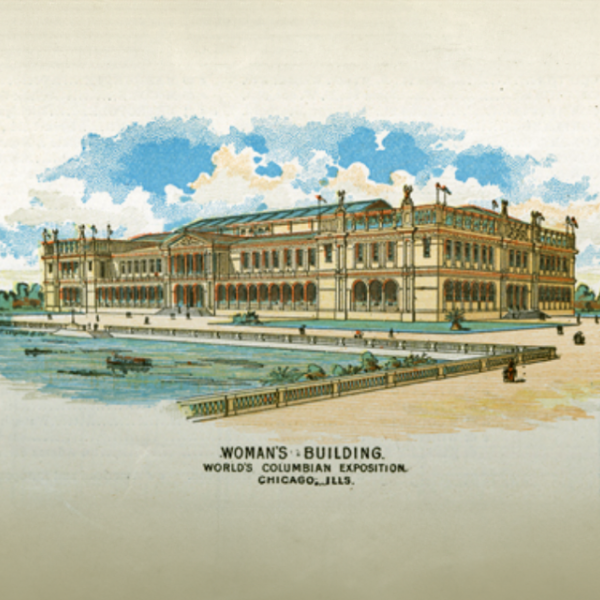Duke Ellington’s “Black Beauty” could serve to epitomize the New Negro Renaissance for students of any age. On a purely evocative musical level, this piece summons images of the period. It would be a fitting accompaniment to a slideshow of images of the period: the old cars, the tenements, the fur coats, the night clubs. On a more technical level, the piece clearly belongs to the jazz idiom, yet it has echoes of ragtime and stride piano as well. It exemplifies a distinctly African American style of music, one that emerged roughly concurrently with the New Negro Movement. The piece has a sophistication to it that is part of the redefinition of the Negro at this time. There’s an insouciance to the melody, a kind of easy virtuosity and delight in surprise. In the second half of the song, Ellington’s right hand constantly travels higher up the keyboard before falling back down again, a pattern that one might imagine as expressive of the history of the Negro in America—constantly striving against the oppressive bass line of white supremacy, ascending toward justice and prosperity while inevitably encountering the gravitational pull of prejudice and oppression. Despite all, the piece maintains its composure and self-assurance—as Ellington himself did in his public persona. Finally, the piece evokes the Harlem Renaissance because Ellington identified it as a tribute to Florence Mills (1896-1927) the daughter of former slaves (and, like Ellington, a native of Washington, D.C.) who became an internationally renowned singer, dancer, and comedian and starred in Shuffle Along, an important show in the black musical theater of the Renaissance. Mills was a beauty, Ellington asserts with the title of this lovely piece. Indeed, black is beautiful, the song proclaims. The piece is an elegant statement of racial pride, one of a series of musical portraits that Ellington composed to honor African American cultural icons. Thus it fits in well with the larger effort on the part of the New Negro Movement to create and promote a black artistic culture.
Note: This blog post refers to the October 1, 1928 version of the song, available on Disc One of the collection Ken Burns Jazz: The Story of America’s Music (Columbia/Legacy C5K 61432). Ellington recorded several other versions of this song, but to me this version best evokes the New Negro Renaissance.
—Frank Kovarik




